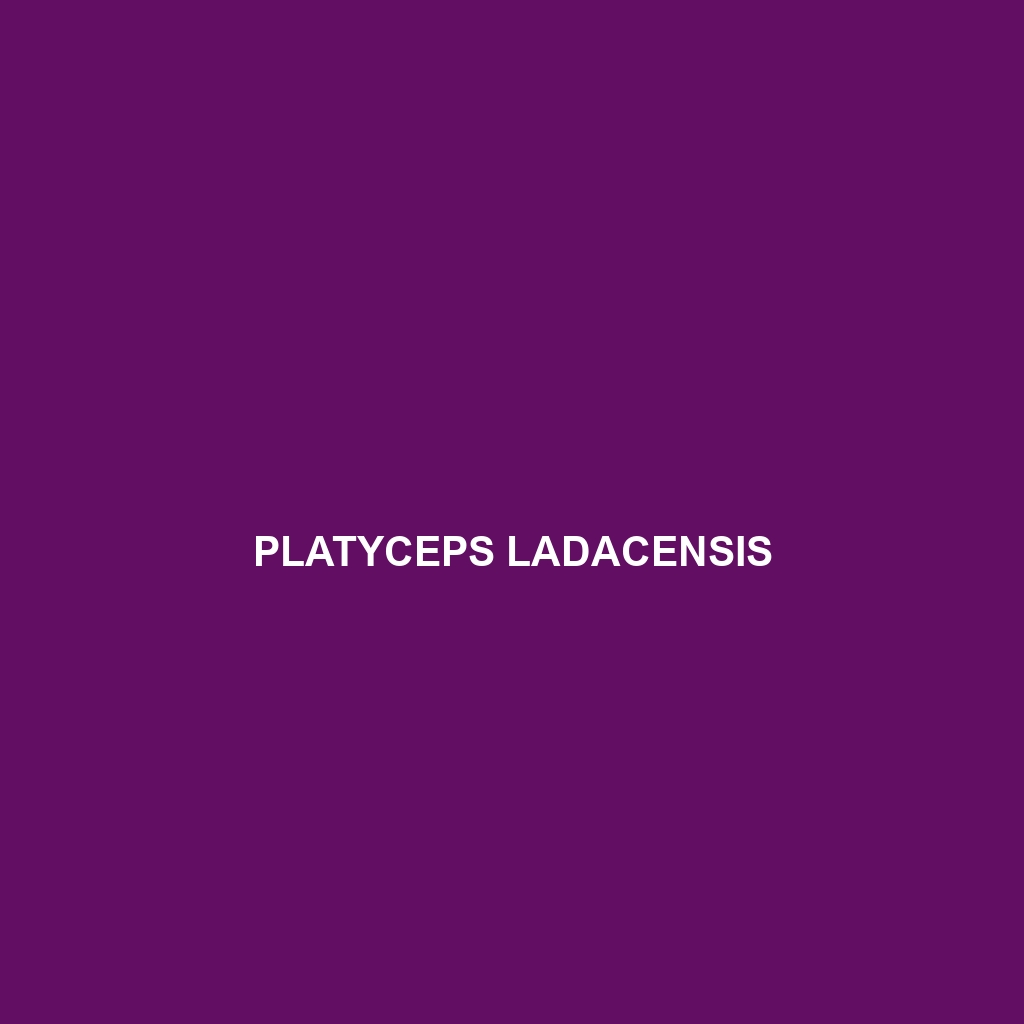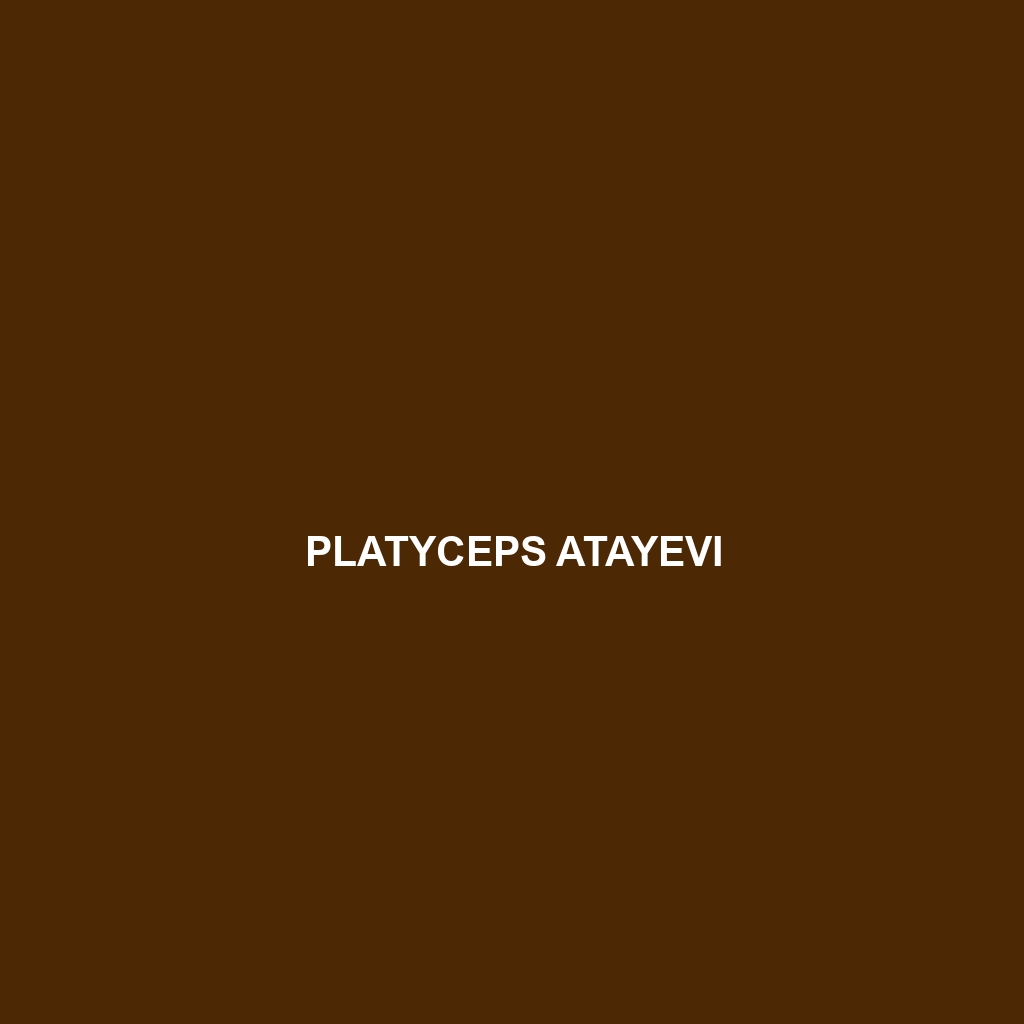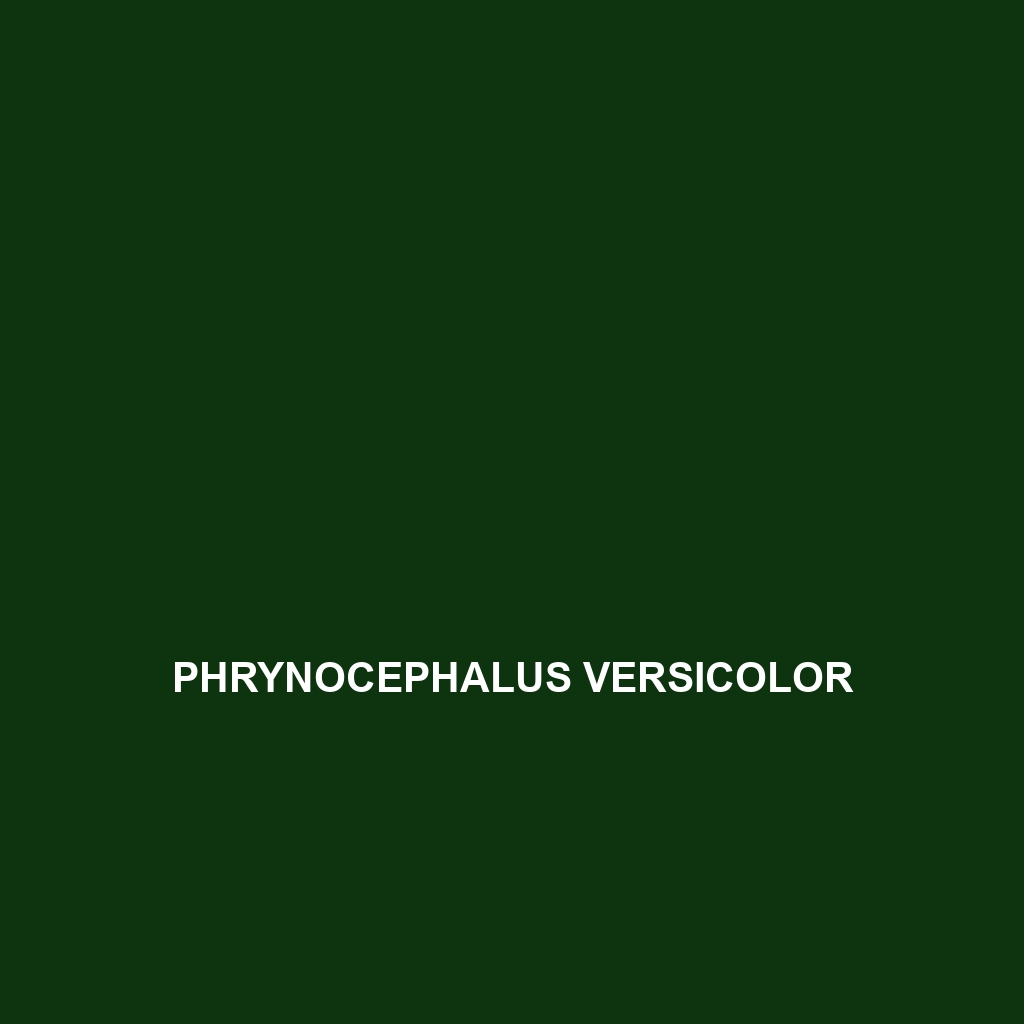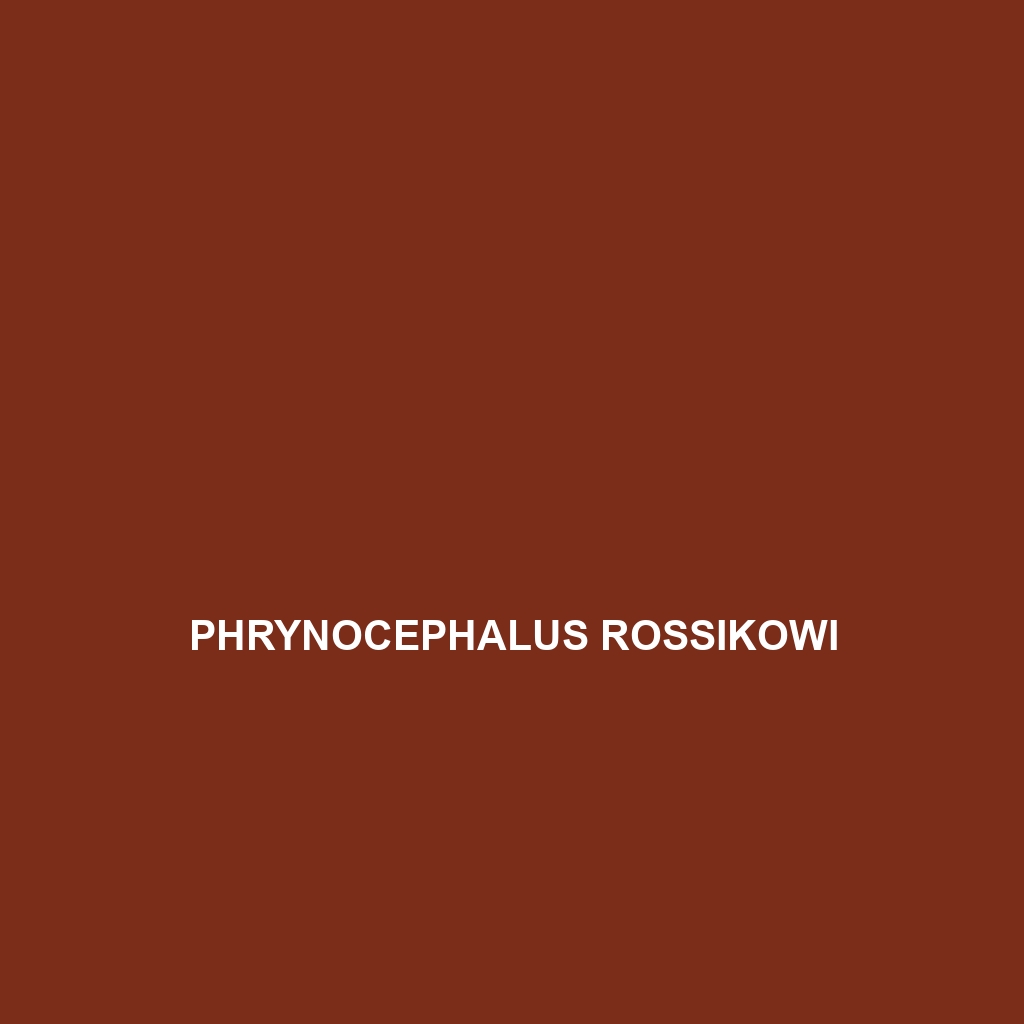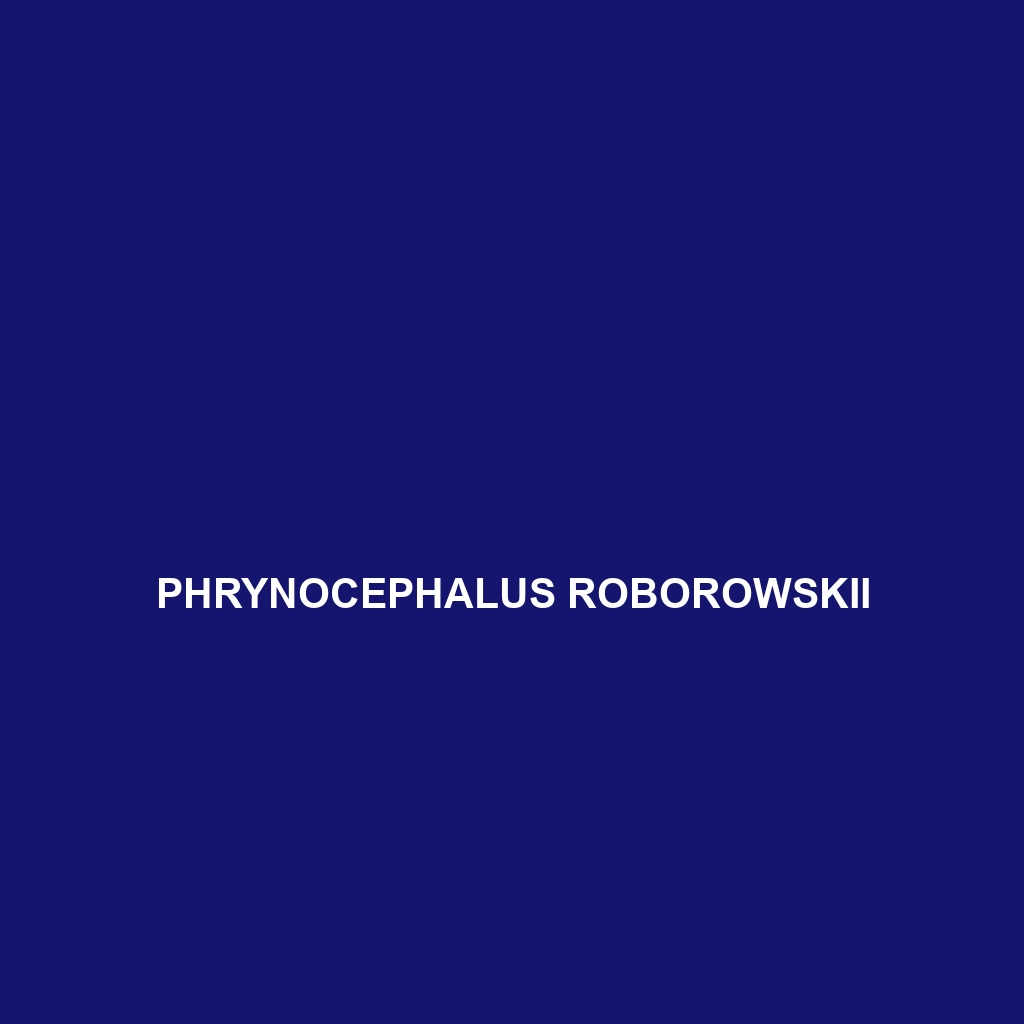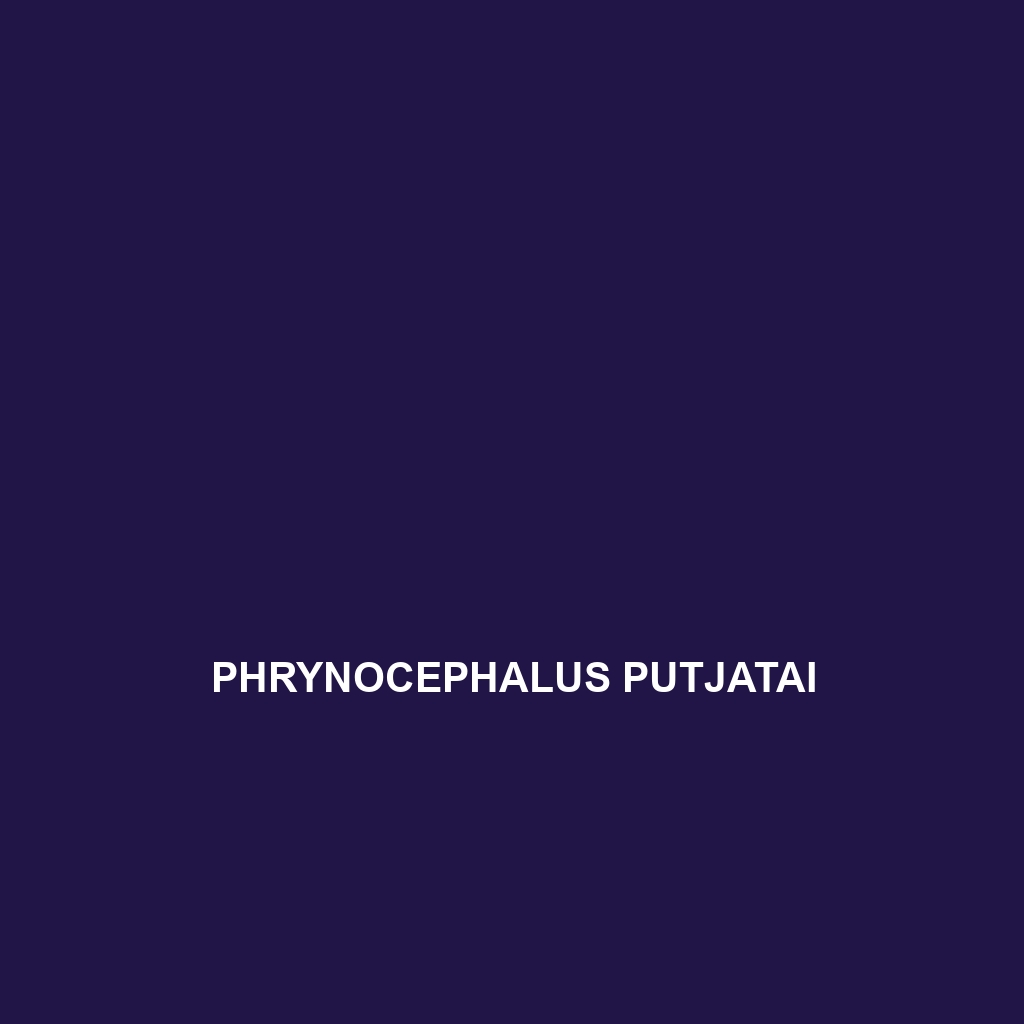<short_description>Discover the <b>Platyceps ladacensis</b>, or Ladac's snake, a slender and agile reptile found in Central Asia's arid regions. With a unique coloration for camouflage, this diurnal insectivore plays a vital role in its ecosystem by controlling insect populations and serving as a food source for larger predators.</short_description>
Tag: Central Asia reptiles
Platyceps atayevi
<p><b>Platyceps atayevi</b>, a striking snake native to Eastern Europe and Central Asia, thrives in diverse habitats such as temperate forests and scrublands. Reaching lengths of 1 to 1.5 meters, this nocturnal carnivore features smooth, camouflaged scales and plays a crucial role in maintaining ecological balance by regulating prey populations.</p>
Phrynocephalus theobaldi
Phrynocephalus theobaldi, or Theobald's toad-headed agama, is a fascinating lizard found in the arid and rocky terrains of Central Asia. Adapted to extreme climates, this insectivorous species features a flattened body, spiny scales, and remarkable camouflage, playing a crucial role in its ecosystem by controlling insect populations and serving as prey for larger animals.
Phrynocephalus versicolor
The Color-changing Toadhead Agama (Phrynocephalus versicolor) is a unique lizard native to arid Central Asia, known for its remarkable ability to change color for communication and thermoregulation. Typically measuring 15 to 25 cm, this insectivorous species thrives in sandy and rocky habitats, playing a crucial role in maintaining ecological balance.
Phrynocephalus sakoi
<b>Phrynocephalus sakoi</b> is a medium-sized, insectivorous lizard from the arid regions of Central Asia, featuring a robust, flattened body and remarkable adaptations for desert survival, such as color-changing abilities and effective hunting strategies. This species thrives in sandy habitats with minimal vegetation, playing a crucial role in controlling insect populations and supporting its ecosystem.
Phrynocephalus rossikowi
<p><b>Phrynocephalus rossikowi</b>, or Rossikow's toad-headed agama, is a distinctive lizard from the arid regions of Central Asia, known for its flattened body, spiny sides, and ability to camouflage in sandy environments. This insectivorous reptile exhibits unique behaviors such as sidewinding movement and intricate courtship displays, playing a vital role in its desert ecosystem.</p>
Phrynocephalus roborowskii
Phrynocephalus roborowskii, also known as Roborowskii’s desert lizard, is a small, agile lizard native to the arid landscapes of Central Asia, specifically the Gobi Desert, characterized by its pale yellow to light brown coloration, spiny scales, and large bulbous eyes. Adapted to harsh conditions, this insectivorous reptile exhibits fascinating behaviors, including territorial displays and quick burrowing to evade predators.
Phrynocephalus reticulatus
Discover the fascinating Phrynocephalus reticulatus, commonly known as the reticulated toad-headed agama, which thrives in the sandy deserts of Central Asia. This distinctive lizard, notable for its flattened body and intricate reticulated patterns, plays a crucial role in its ecosystem as an insectivore while showcasing unique burrowing and camouflaging behaviors.
Phrynocephalus putjatai
<p>The <b>Phrynocephalus putjatai</b>, or Putjat lizard, is a small, diurnal reptile found in the semi-arid regions of Central Asia, typically reaching lengths of 15 to 20 cm. Known for its unique flattened body and protective scaly texture, this insectivorous lizard plays a crucial role in its ecosystem by controlling insect populations and serving as prey for larger predators.</p>
Phrynocephalus przewalskii
<p><b>Phrynocephalus przewalskii</b>, or Przewalski's toad-headed agama, is a small desert lizard measuring 10 to 15 cm, found in the arid regions of Central Asia. Adapted for survival in harsh climates, this insectivorous species possesses a flattened head for camouflage and burrowing, and plays a crucial role in regulating insect populations in its ecosystem.</p>
